
- +8615586668226
- [email protected]
- Nº 30, Hongbang Industrial Park, Shenzhen
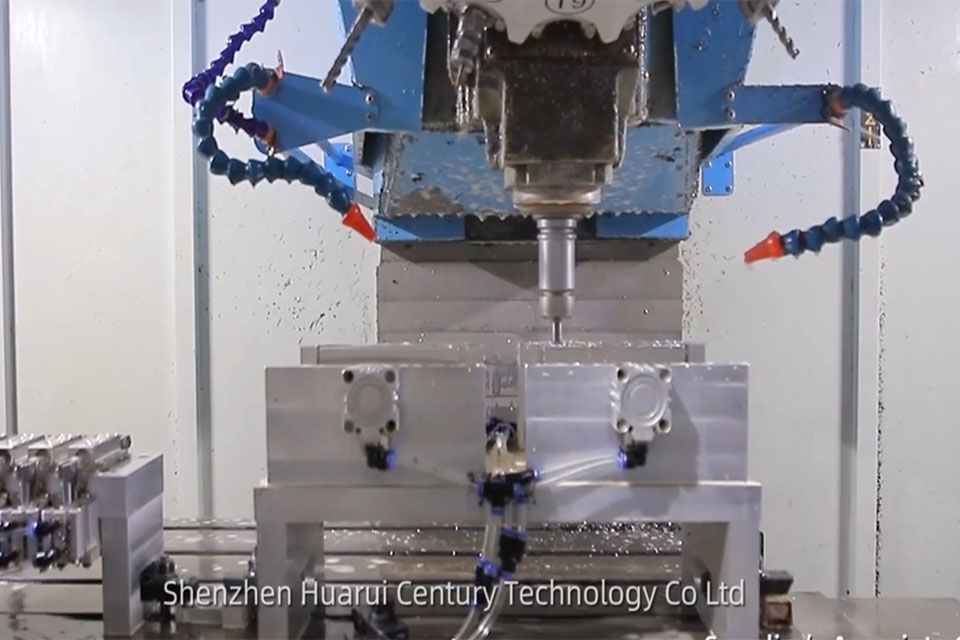
Machining parameters are the settings that control the cutting conditions during the CNC machining process. Think of them like the ingredients and instructions in a recipe. Just as the right ingredients and cooking methods determine the taste and quality of a dish, the correct machining parameters determine the quality, precision, and efficiency of your manufactured parts.
Incorrect parameters can lead to:
By mastering these parameters, you can achieve:
Let’s explore the essential CNC machining parameters and how they impact your manufacturing process.
Cutting speed is the speed at which the cutting tool moves across the surface of the material. It’s like the speed of a car on a highway. It’s measured in feet per minute (FPM) or meters per minute (MPM).
Calculating Cutting Speed (Cs):
Cs = π × d × n
Where:
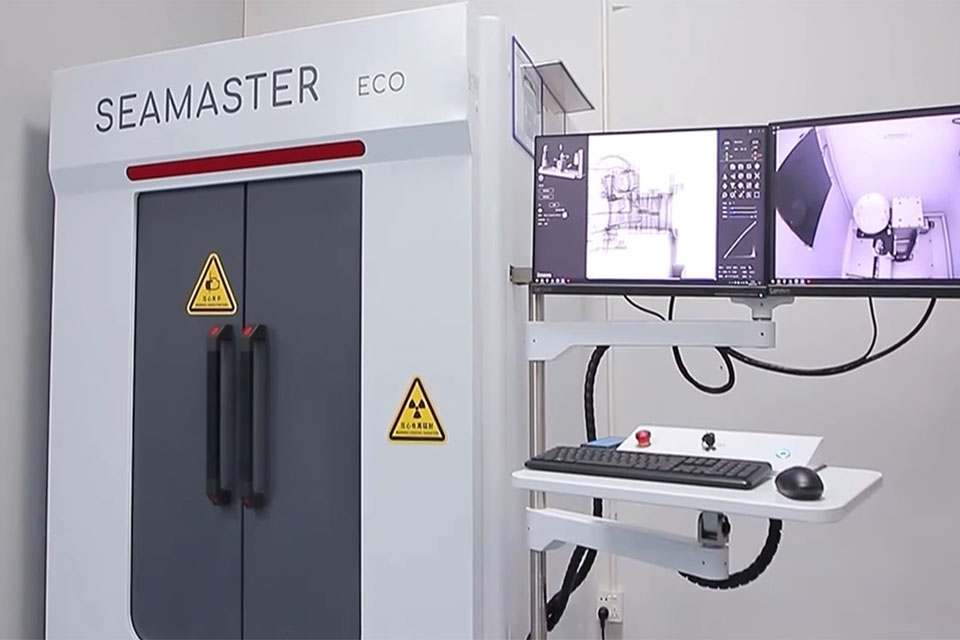
Spindle speed is the rotational speed of the cutting tool (or the workpiece in turning operations). It’s measured in revolutions per minute (RPM). It’s like the speed at which a drill bit spins.
Calculating Spindle Speed (n):
n = (Cs × 1000) / (π × d)
Where:
Feed rate is the distance the cutting tool travels during one revolution of the spindle (or workpiece). It’s measured in inches per minute (IPM) or millimeters per minute (MM/min). Think of it as how quickly you feed wood into a saw.
Calculating Feed Rate (F):
F = f × n
Where:
Depth of cut is the thickness of the material removed by the cutting tool in a single pass. It’s measured in millimeters or inches. It’s like how deep a plow digs into the soil.
There’s no single formula, but here are some general guidelines:
SFM is another way to express cutting speed, specifically at the point where the tool contacts the workpiece. It’s vital for efficiency and surface quality.
Calculating SFM:
SFM = (π × D × RPM) / 12
Where:
This is very similar to the depth of cut, but it specifically refers to each individual pass the tool makes. Keeping this consistent helps ensure even material removal.
Plunge rate is how fast the tool moves down into the material, especially important for drilling or pocketing operations. It’s also measured in IPM or MM/min.
Calculating Plunge Rate:
Plunge Rate = Feed per Tooth × Number of Flutes × Spindle Speed
Chip load is the thickness of the material removed by each cutting edge of the tool during one revolution. It’s a key factor in tool life and surface finish. Proper chip load prevents:
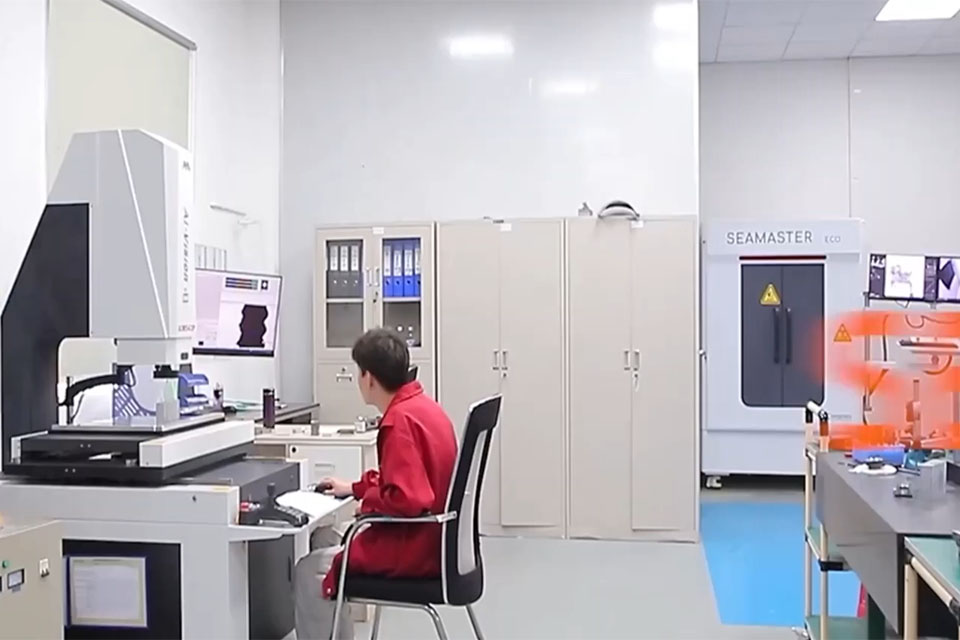
The size of your cutting tool significantly impacts the machining process.
The tool path is the route the cutting tool takes to remove material. Efficient tool paths are critical for:
Wall thickness, the minimum thickness of a part’s walls, is a crucial design consideration.
The ideal wall thickness depends on:
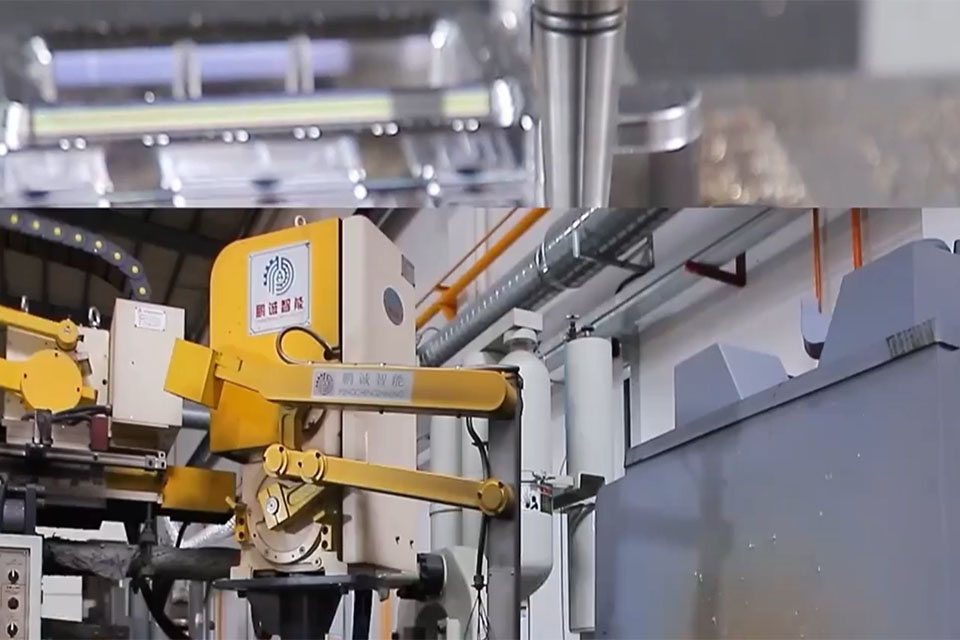
Here’s a straightforward process for setting your CNC machine parameters:
The table below provides starting point recommendations. Always consult tooling manufacturer data for precise values.
| Material | Velocidad del cabezal (RPM) | Cutting Speed (ft/min) | Feed Rate (IPT) | Depth of Cut (inches) | Notas |
|---|---|---|---|---|---|
| Aluminio | 3000-6000 | 600-1000 | 0.002-0.005 | 0.04-0.10 | Use sharp tools, good cooling. We specialize in Extrusión de aluminio. |
| Acero | 1500-3000 | 100-400 | 0.001-0.004 | 0.02-0.08 | Use robust tools (HSS or carbide). |
| Acero inoxidable | 1000-2000 | 50-150 | 0.001-0.003 | 0.01-0.05 | Tough material, use coated tools. |
| Titanio | 500-1500 | 30-100 | 0.0005-0.002 | 0.01-0.04 | Very difficult to machine, requires careful control. |
| Softwood/Plywood | 10,000-18,000 | 800-1200 (m/min) | 0.004-0.006 | 0.10-0.25 | |
| Madera dura | 8000-12,000 | 600-1000 (m/min) | 0.003-0.005 | 0.08-0.20 | |
| Acrílico | 10,000-16,000 | 100-300 (m/min) | 0.002-0.004 | 0.02-0.10 | High speed, low feed, good cooling to prevent melting. |
| Policarbonato | 8000-12,000 | 150-400 (m/min) | 0.002-0.005 | 0.02-0.08 | Control heat to prevent deformation. |
| PVC | 8000-14,000 | 200-500 (m/min) | 0.002-0.004 | 0.02-0.06 | |
| Compuestos | 12,000-18,000 | 100-300 (m/min) | 0.001-0.004 | 0.01-0.08 | Requires specialized tooling and techniques. We offer expertise in machining composites for various industries, including Aeroespacial. |
| Superaleaciones | 1000-4000 | 30-60(m/min) | 0.001-0.003 | 0.01-0.05 | Require lower spindle speeds and cutting speeds |
| Cerámica | 8000-16,000 | 100-200(m/min) | 0.002-0.004 | 0.005-0.02 | Ceramics require high spindle speeds and low feed rates |
| High-Performance Polymers | 6000-12,000 | 150-400(m/min) | 0.002-0.006 | 0.01-0.05 | Parameters for high-performance polymers |
The cutting tool you choose is directly linked to the parameters you set. Here’s what to consider:
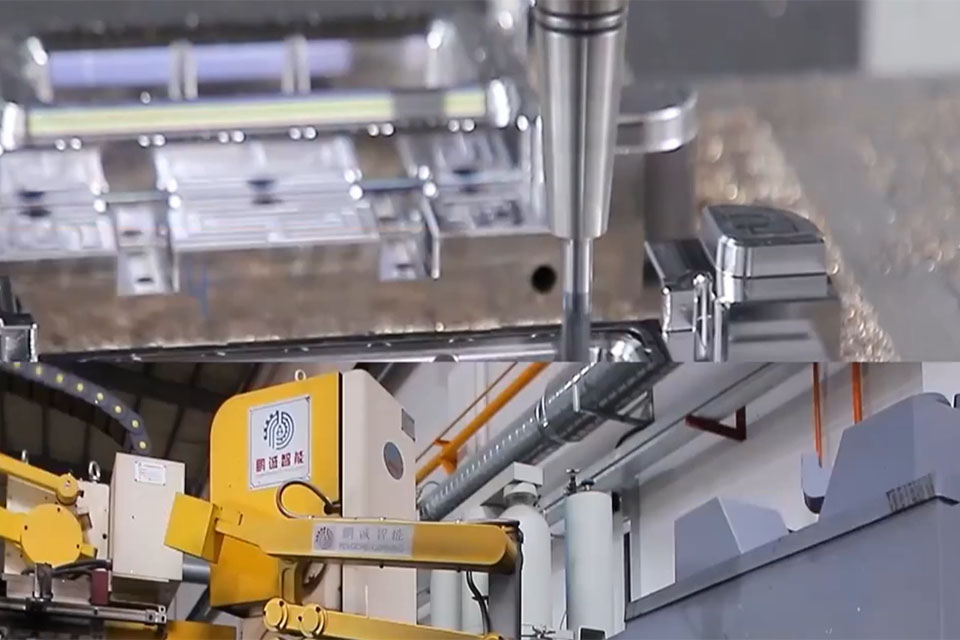
Here’s how to fine-tune your CNC parameters for the best results:
Here are some telltale signs that your parameters need adjustment:
Correctly setting your parameters can significantly reduce your manufacturing costs:
What if I’m unsure about the right parameters for my material?
Start with conservative settings (lower speeds and feeds) and gradually increase them while monitoring the process. Consult tooling manufacturer data and material guides.
How often should I check my CNC machine parameters?
Regularly check parameters, especially when changing materials, tools, or job types.
What’s the difference between cutting speed and spindle speed?
Cutting speed is the speed of the tool across the material’s surface. Spindle speed is the rotational speed of the tool (or workpiece).
Can I use the same parameters for different CNC machines?
Not necessarily. Machine capabilities (power, rigidity) vary, so parameters may need adjustment.
What role does coolant play in parameter optimization?
Coolant reduces heat, extends tool life, and improves surface finish. Proper coolant flow is crucial, especially with harder materials. We offer a variety of Acabado de superficies options to enhance your parts.
Where can I get help with complex CNC machining projects?
Contact us! As a CNC Manufacturing Service and Product Manufacturing Factory, we have the expertise and equipment to handle projects across various industries, including Productos sanitarios, Electrónica, Defensa y Militar, and more. We also offer Creación rápida de prototipos servicios.
By understanding and applying these principles, you can achieve superior results in your CNC machining operations. We are here to help you every step of the way, from prototype to production. Contact us today to discuss your project!
Dirección
No.30, Hongbang Industry Park, Shenzhen
Correo electrónico
[email protected]
Teléfono
+86 15586668226
Conozca las últimas tendencias y datos sobre fabricación CNC en nuestro blog.
Shenzhen Runkey Precision Technology Co. Ltd, una filial del Grupo Tensun, es su solución integral de confianza para la fabricación personalizada de prototipos para la producción.la transformación de su idea en realidad con los recursos de fabricación digital, procesos simplificados, orientación de expertos, plazos acelerados, y la calidad sin concesiones.
©2024. CNC Fabrication Todos los derechos reservados.